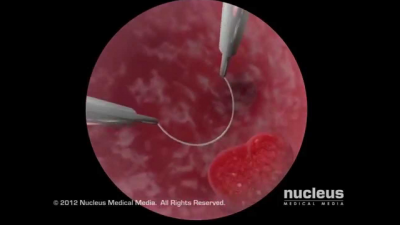Cervical factor: female infertility due to anomalies in the cervix
The cervix or cervix is ??the lower part of the uterus, which connects the vagina to the uterine cavity.
Its main function is to act as an initial barrier against the entry of sperm into the female reproductive system during intercourse.
The cervix is ??also the outlet channel for blood during menstruation.
Below you have an index with all the points that we will discuss in this article.
Index
Cervical factor: female infertility due to anomalies in the cervix- 1. Infertility of cervical origin
- 1.1. Cervical mucus
- 2. Alterations of the cervix
- 2.1. Anatomical alterations
- 2.2. Functional alterations
- 3. Diagnostic tests
- 4. Treatment
- 4.1. Antibiotics
- 4.2. Estrogen therapy
- 4.3. Surgical intervention
- 4.4. Artificial insemination (AI)
- 5. Questions from users
- 5.1. Why chronic inflammation of the cervix?
- 5.2. How is it possible to make an early detection of the alterations of the cervix?
- 5.3. What is the difference between an endometrial polyp and an endocervical polyp?
- 6. Recommended reading
Infertility of cervical origin
The cervix is ??the channel that connects the vagina with the uterus. Its approximate size is 3 cm and it has two important functions related to fertility:
- It is the place where sperm enter their path to fertilize the ovum
- It is the tube through which the baby is born after 40 weeks of gestation during a vaginal delivery.
Any alteration in the cervix can imply a sterility problem. However, only between 5 and 10% of couples with difficulty getting a pregnancy have infertility caused by cervical factor.
Cervix and cervical mucusIn addition to the structure of the cervix itself, inside the cervix we find a key component for female fertility: the cervical mucus. Next, we will comment on its functions and characteristics.

Alterations of the cervix
Alterations of the cervix that can lead to sterility by a cervical factor can be differentiated into anatomical or functional.
In both cases, the correct migration of sperm to the uterus and the fallopian tubes is affected.
Treatment
The treatment of the cervical factor depends on the specific cause that is causing the infertility. Next, we will comment on the most frequent treatments nowadays:
Comments
Post a Comment